Your legacy application did a great job empowering your business, handling key workflows, and automating some crucial jobs over time. In a world of cloud computing, getting stuck with legacy applications leads to downfall as these applications have poor security, limited accessibility, sub-standard integration capabilities, and nearly zero scalability.
Beating your peers and staying ahead of the curve all the time is not possible with such legacy apps. This is why many industry leaders emphasize legacy application migration to cloud. This one step can help you retain the power of your legacy apps but in a modern way.
In this blog, we’re going to unfold every aspect of legacy application migration to cloud and why it should be your priority right now.
What is Legacy Application Migration?
Legacy application migration is the process of migrating outdated software and applications that an enterprise uses to manage day–to–day workflows. As legacy applications are mostly based on outdated tech stacks, they fail to match the pace of modern technologies and can’t even perform as per expectations. Hence, they are less dependable, secure, scalable, and maintainable.
Legacy application migration fixes this issue by moving them, completely and partially, over the cloud. With migration, organizations can get rid of:
- Outdated technologies that are no longer supported and have limitations with scalability
- Maintenance hassles of legacy applications
- High risks are associated with security
- Extra expenses that come with operating and maintaining outdated applications
Top Reasons Why Legacy Application Migrations Fail
While a legacy application migration is the need of the hour, and many organizations are engaged in it extensively, the failure rate is very high. This failure is not triggered by one factor. There are many reasons behind it.
For instance, the extensiveness of the process keeps the organization over-engaged. If the process is not streamlined, has unrealistic timelines, and is not moving strategically, it leads to failure.
What Are Legacy Application Migration Options to the Cloud?
All set to embark on your legacy application migration journey? Don’t forget to learn about the options that you have in your hand.
-
Rehosting or Lift and Shift
This approach involves moving the legacy application completely to a new cloud computing model while keeping the base code and architecture the same. In simple words, you replicate the existing IT ecosystem over the cloud. Use it when you need a cost-effective way to migrate to the cloud without extensive updates.
-
Refactoring or Rebuilding Parts of the Application
In refactoring, selective changes are made to the code and architecture of the concerned application to become compatible with modern technologies. It’s a perfect balance between cost-effectiveness and application improvement.
-
Re-platforming or Making Minimal Changes for Compatibility
Re-platforming is all about making minimal adjustments to the legacy application so that it can work over the cloud technologies and support your digital transformation initiative. It involves updating components, libraries, and configurations.
You must go for it when the core functionalities of your legacy systems are strong. You won’t want to get engaged in daunting redevelopment, right?
-
Rearchitecting or Completely Redesigning for the Cloud
Rearchitecting is a comprehensive approach involving completely redesigning legacy applications using microservices and modern development practices and optimizing them for scalability. This must be picked only when legacy applications are outdated and have no scope for improvement.
-
Rebuilding or Creating a New Application from Scratch
Lastly, rebuilding involves building new applications from scratch to replace the legacy ones.
How Do You Migrate Legacy Applications to Cloud?
Legacy application migration to cloud is not child’s play, and success is only achieved if every step is backed by a viable strategy. Here are the steps involved in the process.
-
Assessment and Planning
Begin the process by understanding the existing structure and which applications need to be migrated. Assess each of your legacy applications and understand their significance. Try to figure out if migration is the option or if you need to dispose of existing legacy applications and get an entirely new one.
Also, sorting out how you’ll move ahead means you’ll be hiring a 3rd party service provider or doing all of it on its own. If you choose the latter, make sure you have enough in-house expertise.
-
Choosing the Right Legacy Application Migration Cloud Strategy
Pick a suitable cloud strategy according to your preferences out of options like refactoring, platforming, and so on. As each strategy comes with its own set of perks and challenges, know all of them before finalizing a suitable strategy.
-
Data Migration
Use appropriate data migration processes and make sure you’ve adequate data security measures in place so that data is never at risk.
-
Application migration
Migrate your application according to a planned strategy.
-
Testing and validation
Test the applications for errors and incompatibility issues.
-
Post-migration Optimization and Monitoring
Keep a watch over the application’s performance in real-time and note issues.
You Might Read Our Another Piece Of Content
What Are the 3 Phases of AWS Cloud Migration?
Legacy Application Migration to Cloud Challenges and Their Solutions
As you process your legacy application migration journey, we want to warn you that the process will not be a bed of roses. It’s a challenging job, and you will face hurdles like:
-
Resistance Change
Many organizations have hurdles in convincing their people to accept the change that comes with legacy application migration. As teammates are familiar with existing systems, organizational people may resist the migration.
This resistance slows down the migration process and leads to hindered user adoption. When new technologies are not fully adopted, the migration process will fail for sure.
The possible solution for this problem is to use a change management strategy and make employees and stakeholders a part of it. Conducting pre-implementation surveys is a great deal to make as it will help you bring clarity to what your teammates think about migration.
-
Inadequate Planning
Legacy application migration is a strategic process demanding constant attention and process. And, many organizations fail to gain deeper insights into all these aspects that lead to adequate planning. Without a well-defined plan, the migration process often becomes misleading and has unrealistic timelines. To avoid this, you need to develop a viable plan with clear objectives, timelines, resource allocation, and risk assessments.
-
Underestimating Complexities
As legacy systems are often complex, many enterprises fail to address these intricacies, leading to unforeseen migration challenges.
Organizations first need to understand the complexities well in advance and have a plan ready to address them.
-
Budget Constraints
Let’s admit it: legacy application modernization is costly, and not every organization can acquire enough funds to purchase new hardware, software, and expertise.
The ideal approach here is to set a budget that you can afford, and if the budget is tight, move only crucial applications first.
-
Lack of Expertise
Navigating through outdated technologies and their complex architectures often demands extensive expertise. No organization can house all of them.
The wise move is to hire an ideal cloud migration partner who will provide essential technologies and expertise during the process.
If you want to have a smooth and successful legacy application migration, addressing all these challenges is imperative.
Final Say
Moving to the cloud is no longer a fad; it’s a necessity for attaining great compatibility, optimized operation, integration, and smooth workflow. Take the help of a seasoned cloud computing services provider can help you address the challenges and integrate success by all means possible.

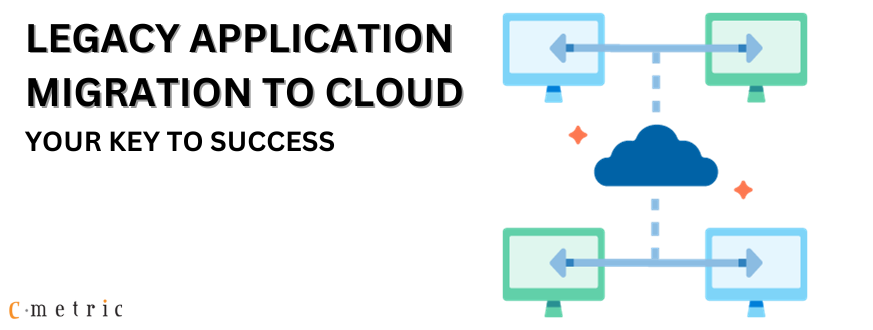





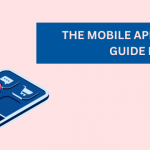
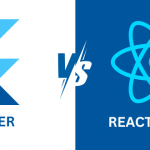
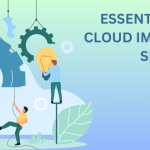
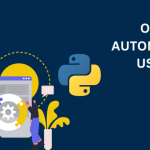
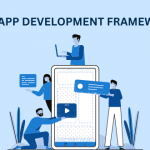
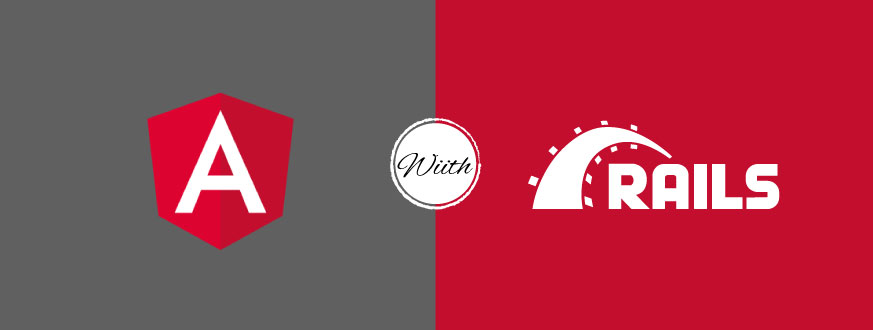
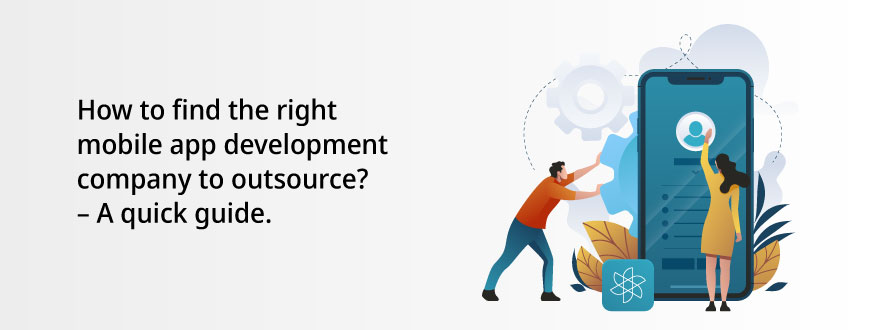

Get in Touch